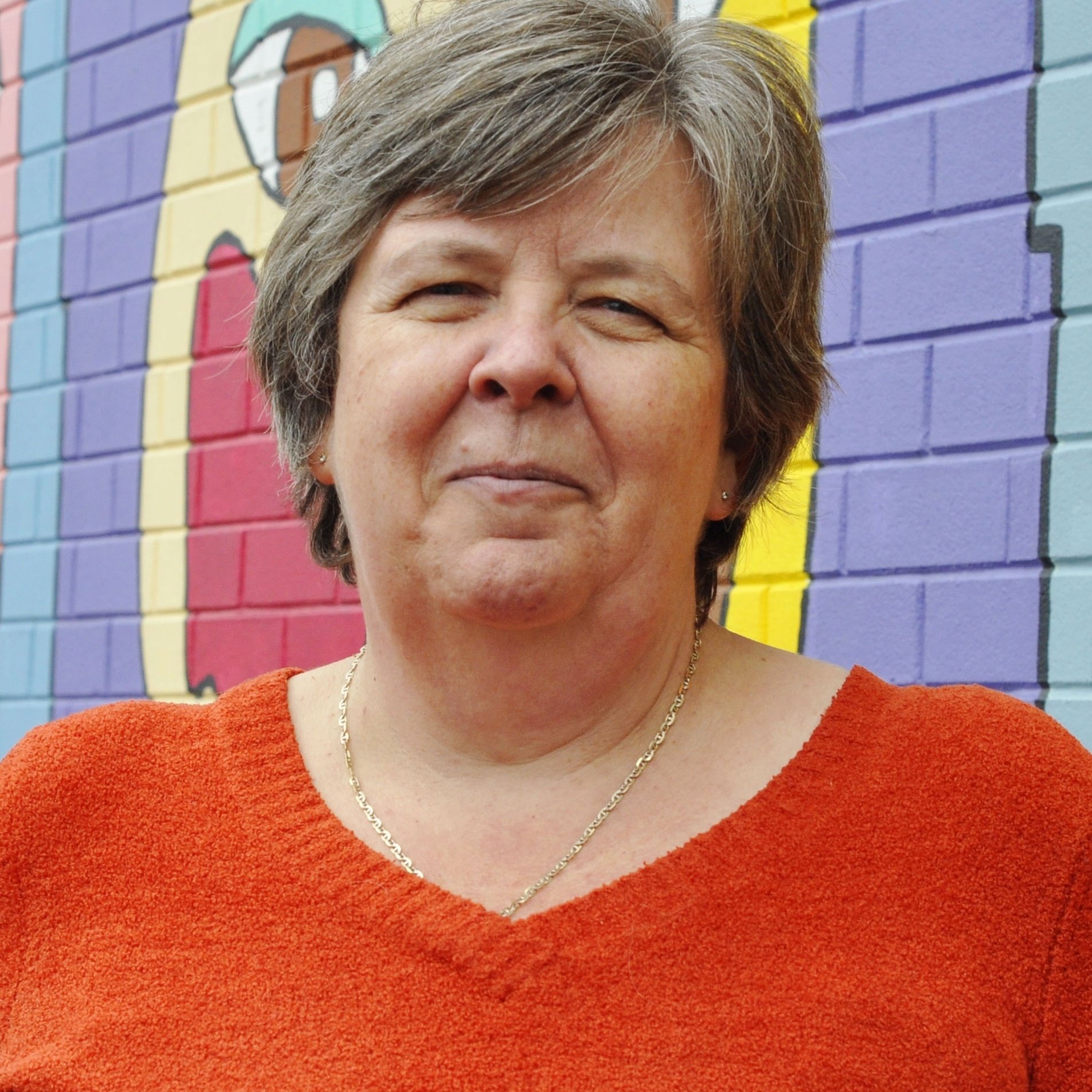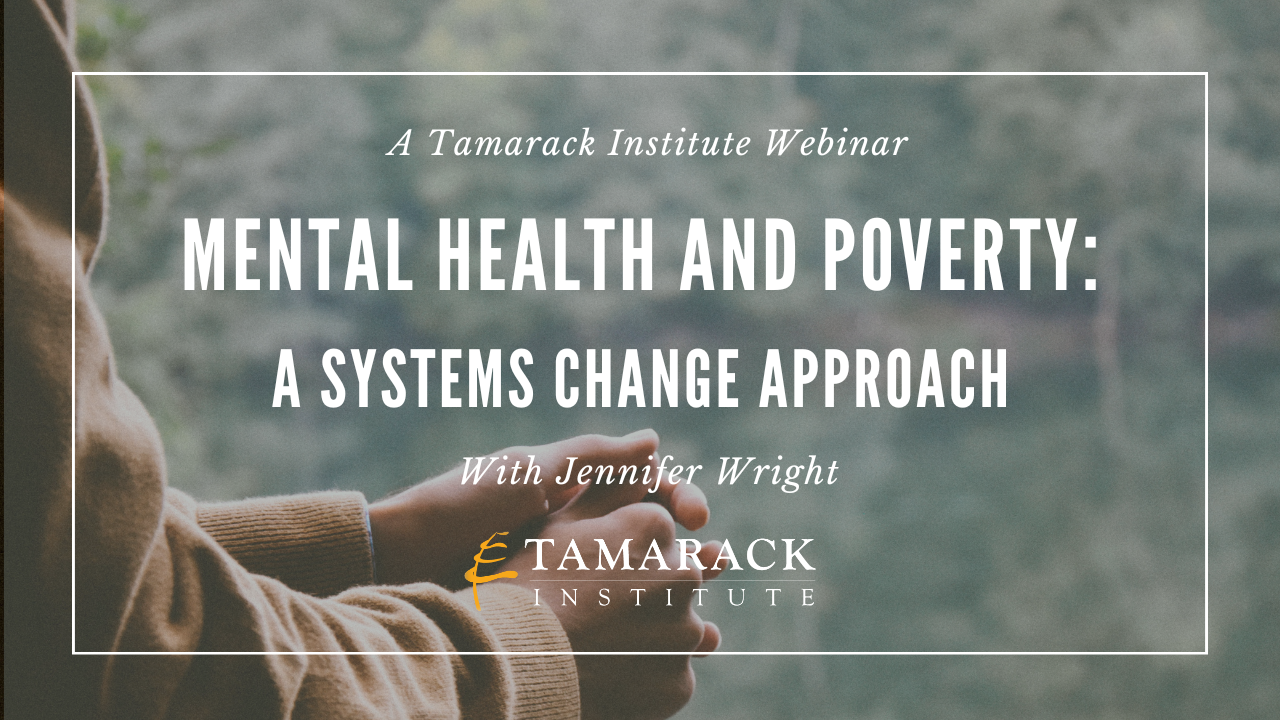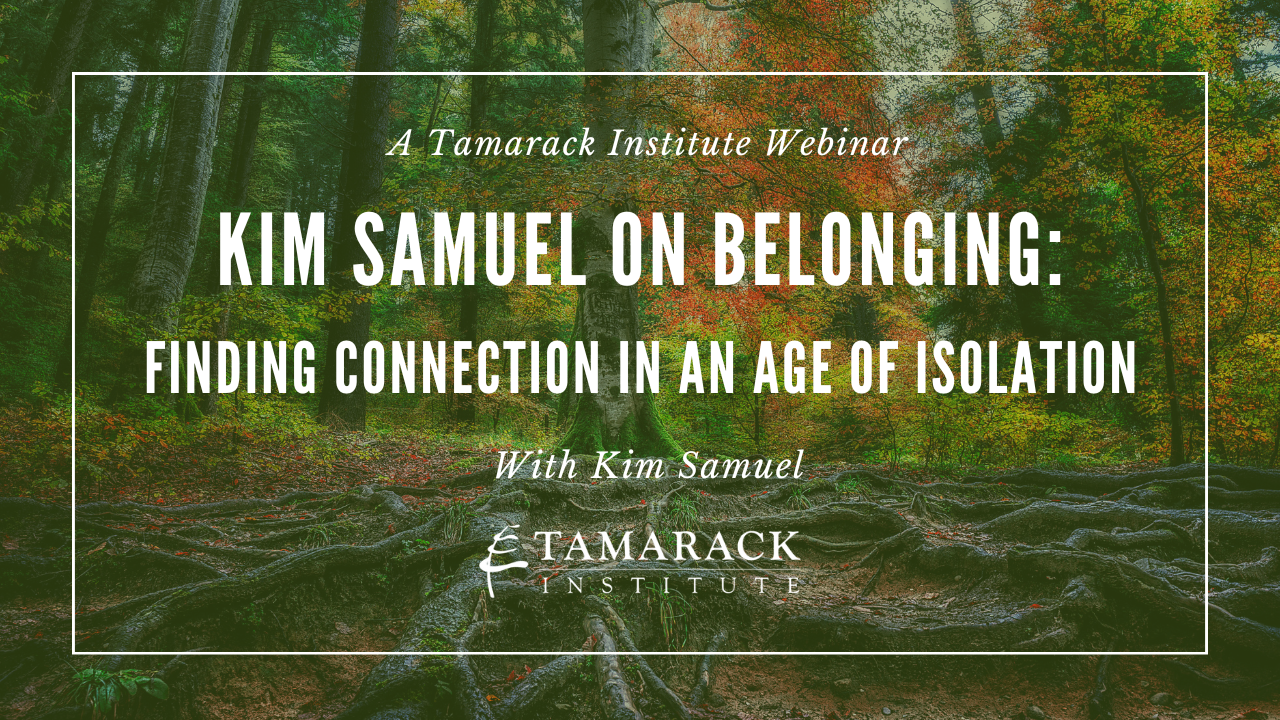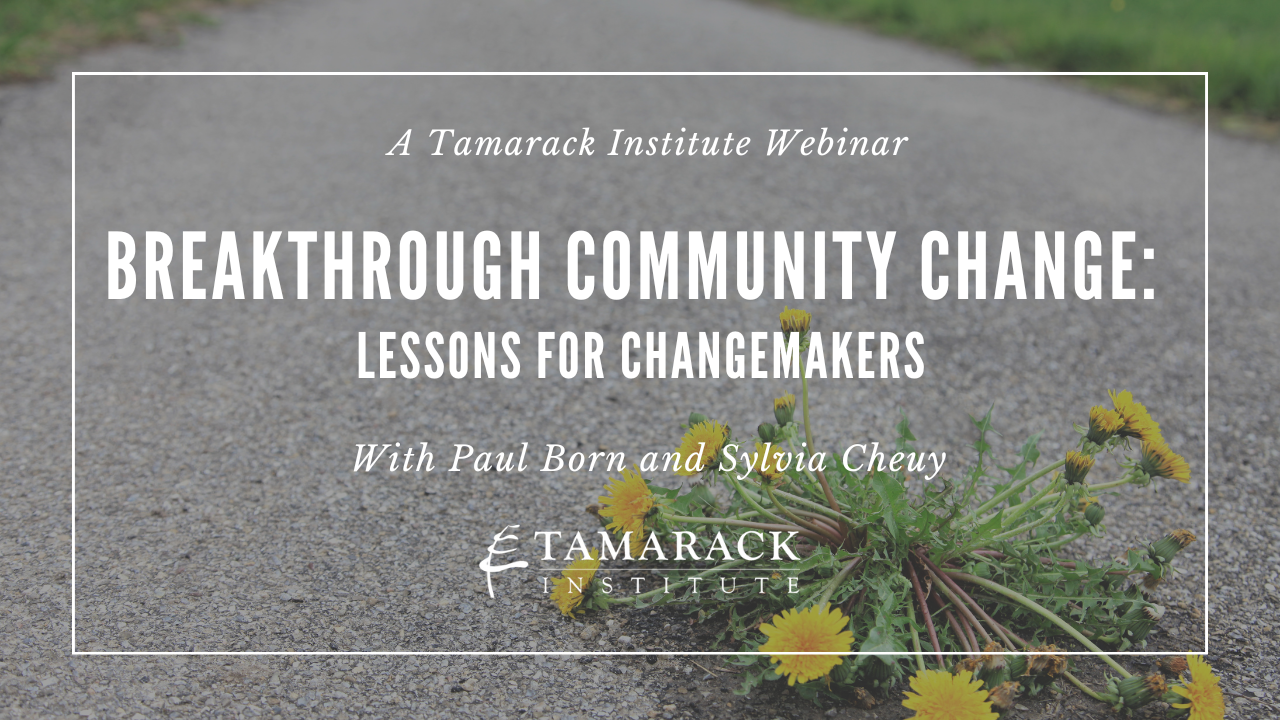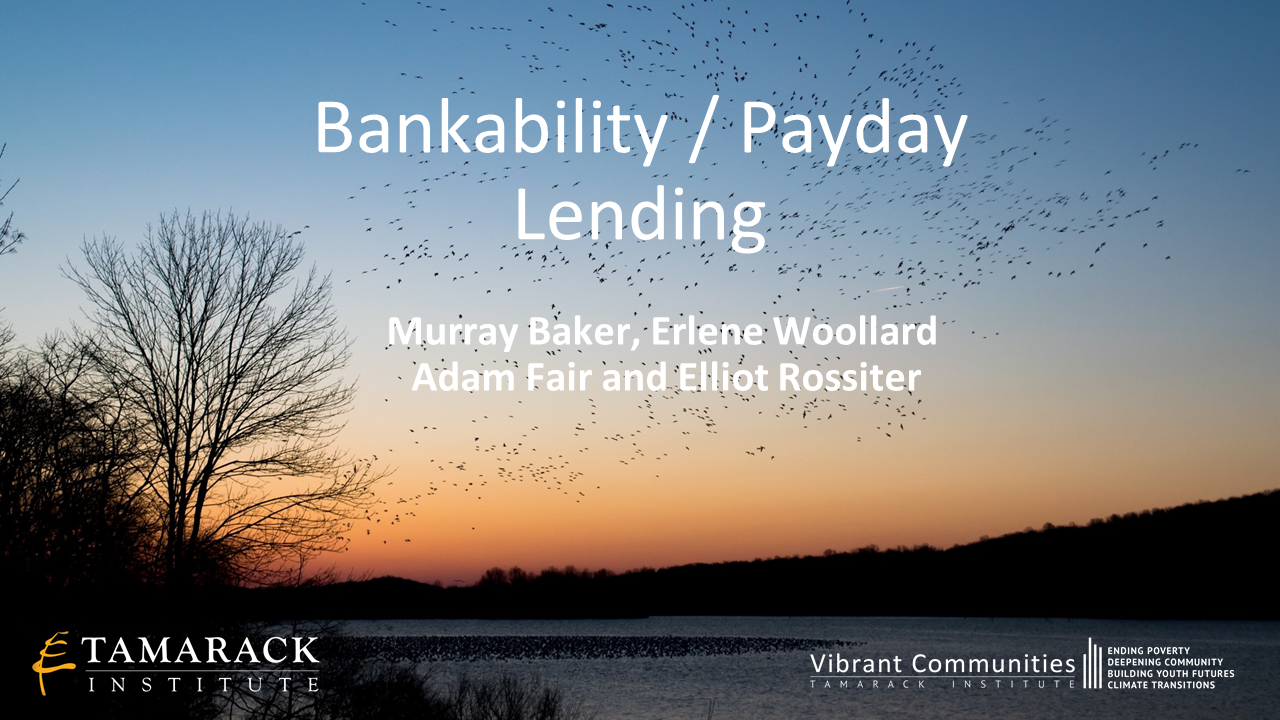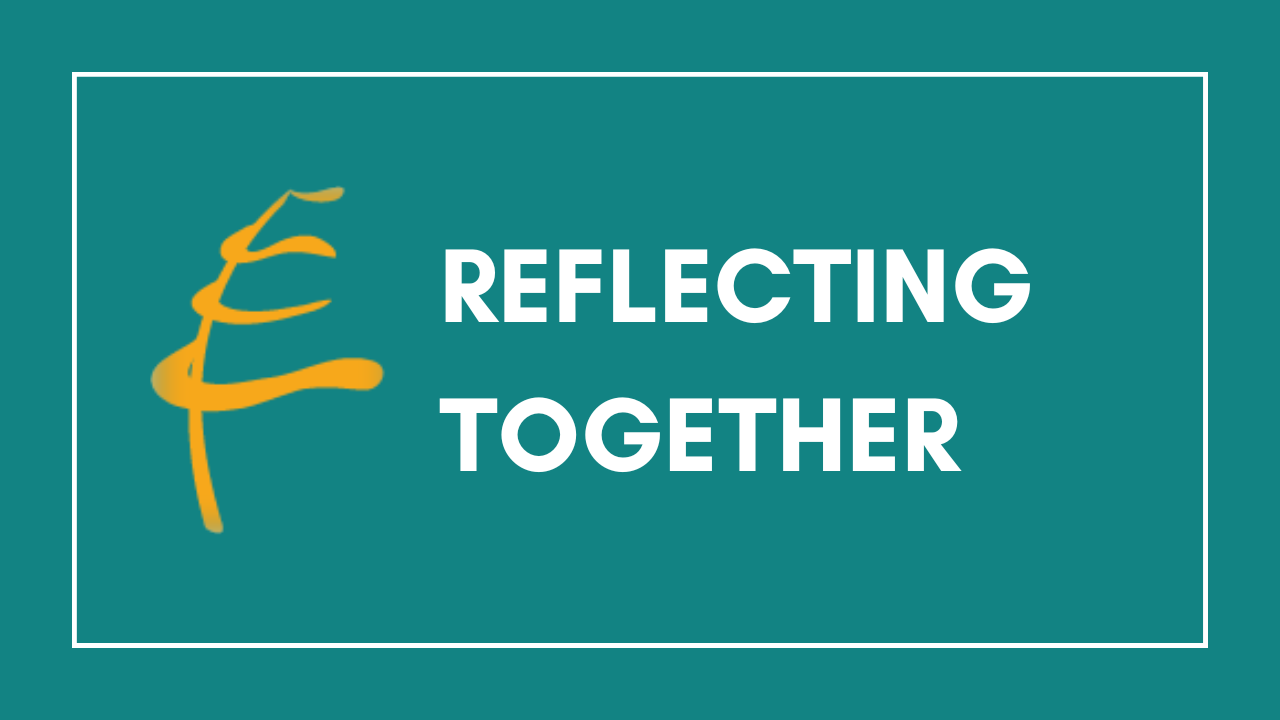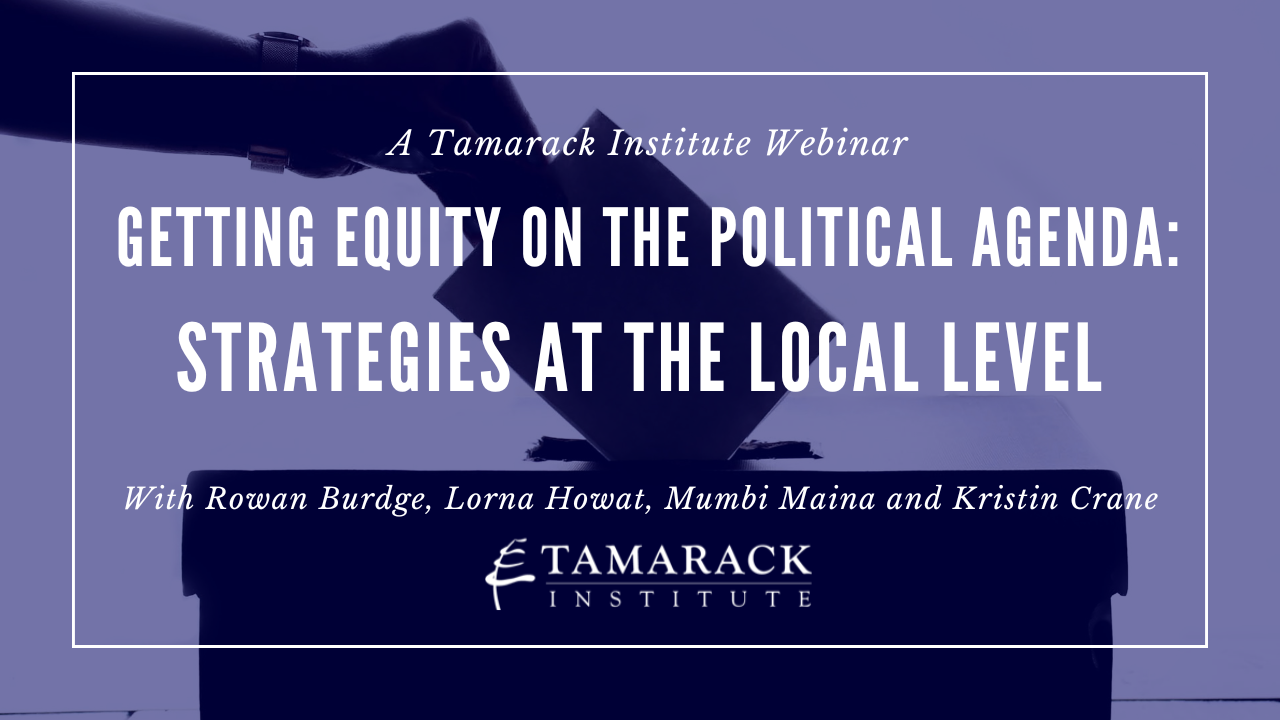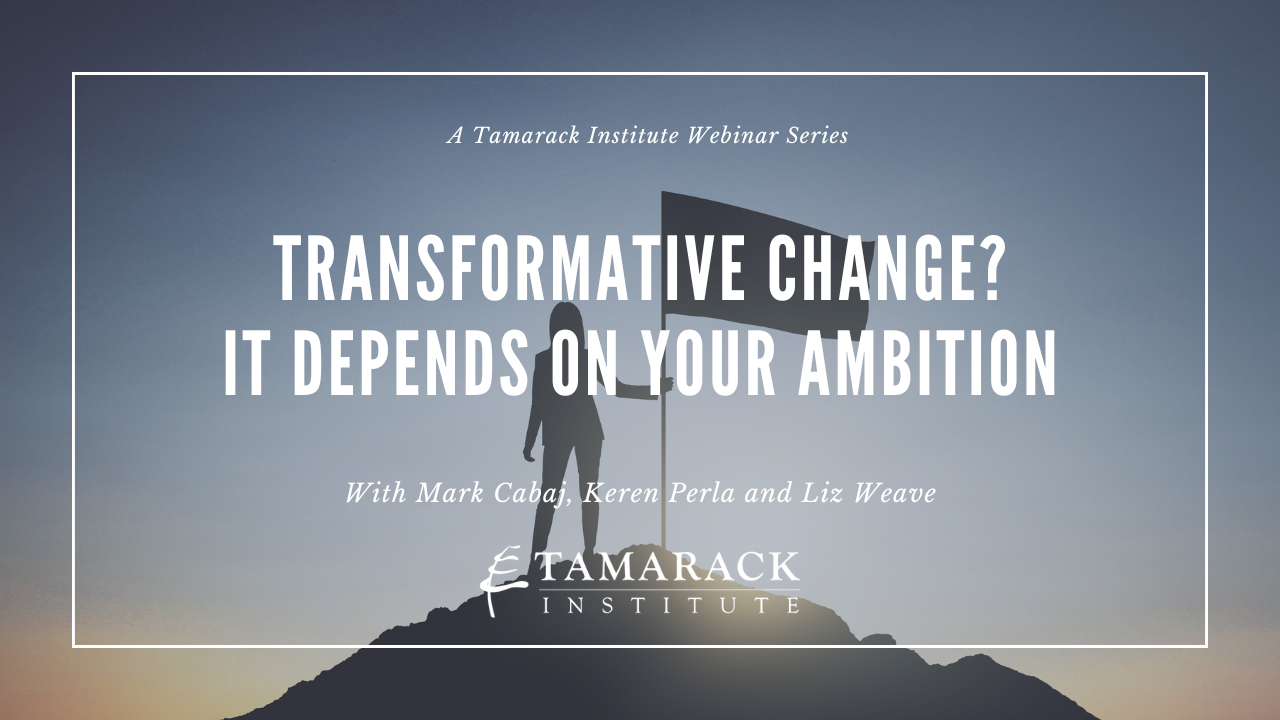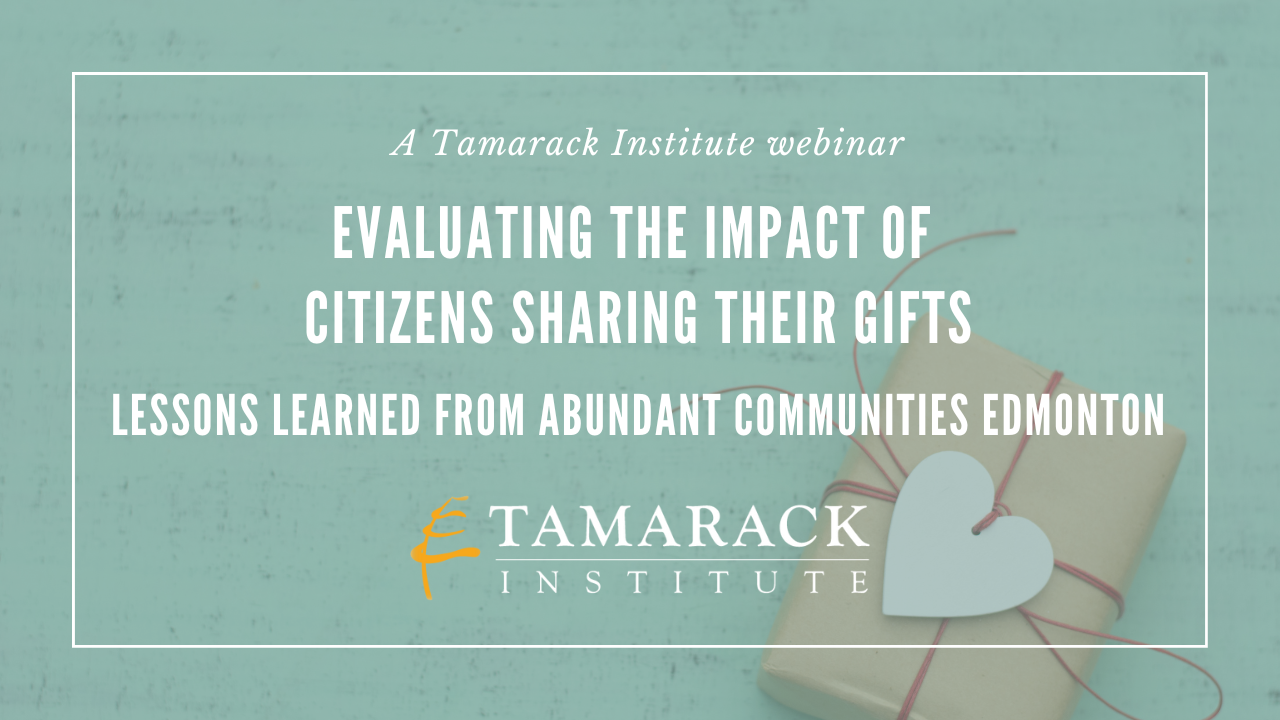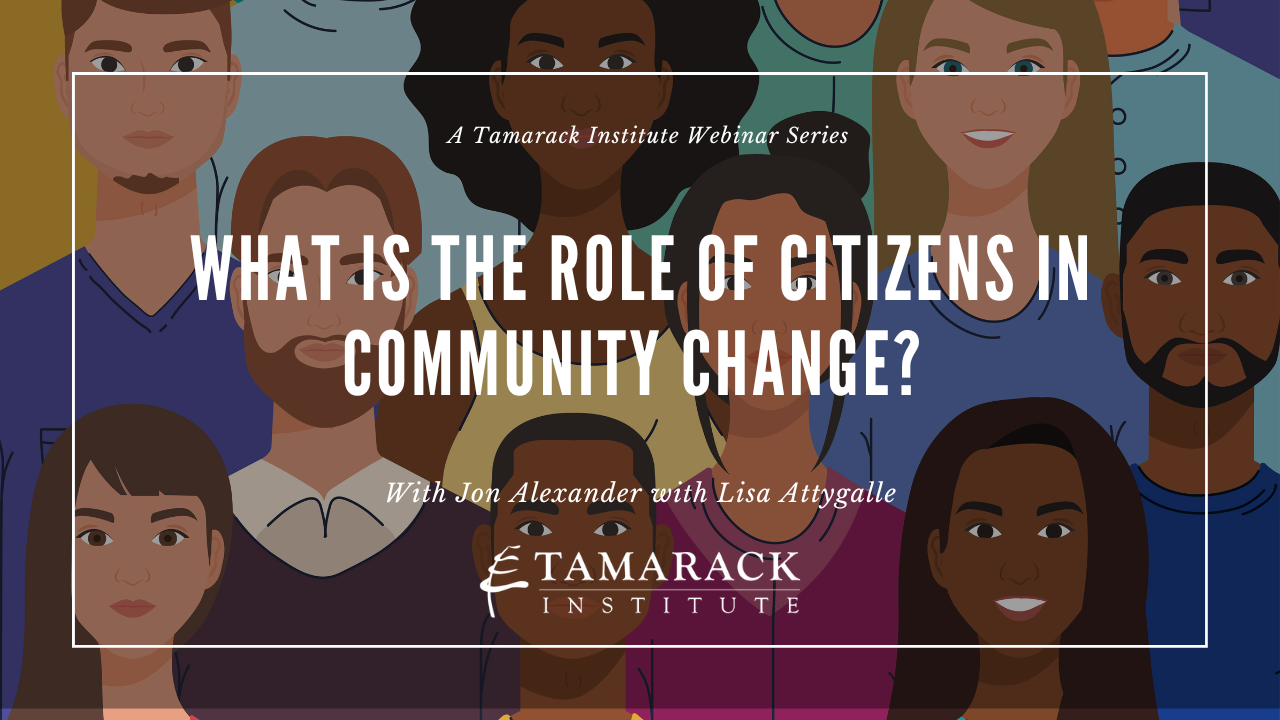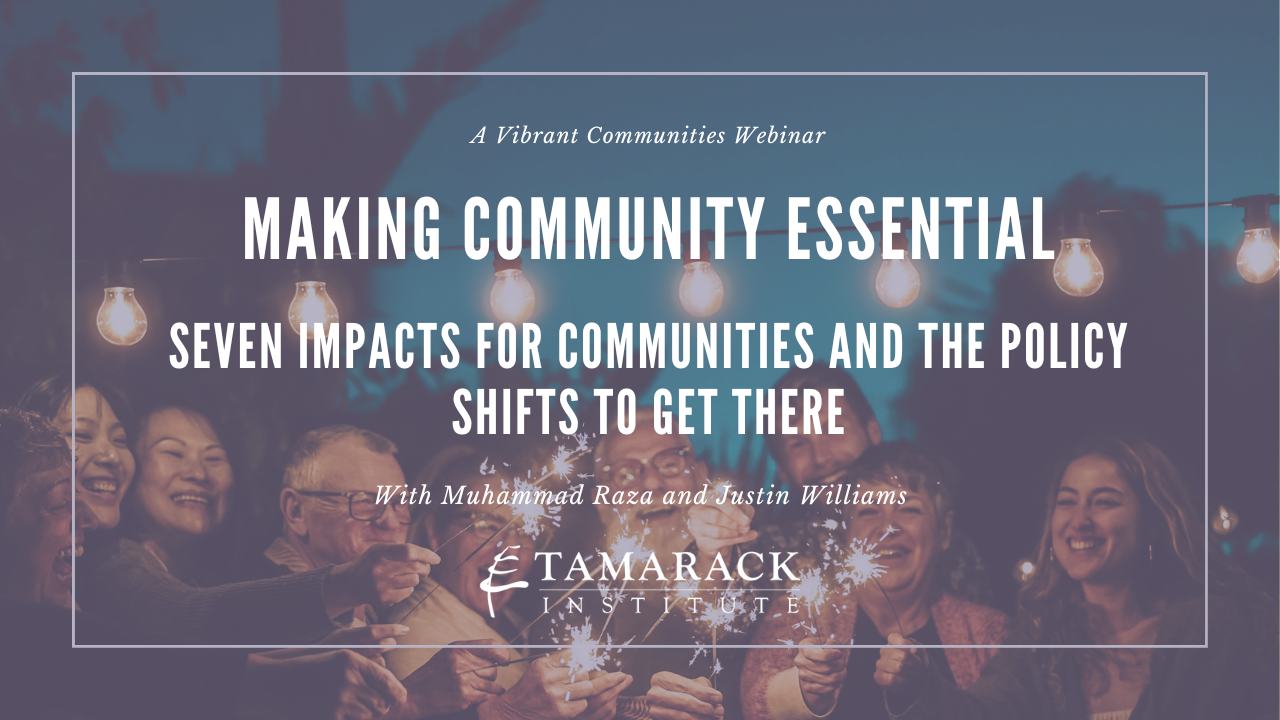In 2017, the Collective Impact Forum and the Aspen Institute Forum for Community Solutions commissioned ORS Impact and the Spark Policy Institute to conduct a field-wide evaluation of Collective Impact. The evaluation sought to answer the following five questions:
-
To what extent and under what conditions does the Collective Impact approach contribute to systems and population changes?
-
What system changes have contributed to the population level outcomes being achieved?
-
What are the other positive or negative impacts, intended or unintended, on the community and system?
-
What evidence is there that the Collective Impact effort has contributed to these system and population changes?
-
What evidence is there that the population changes would not have been achieved if the Collective Impact approach hadn’t been used.
ORS Impact and the Spark Policy Institute have a history of evaluating community change efforts but also brought to this work a healthy skepticism about Collective Impact and its approach. In the design of this evaluation, the two partners connected with 22 Collective Impact efforts in the US and three in Canada. The evaluation design included interviews with the sites, document reviews, eight site visits to dive a bit deeper, process tracing and virtual focus groups with three communities to determine how equity informed Collective Impact efforts. The evaluation identified three types of change: early change; systems change and population change.
The Evaluation Summary Report and the Full Report provide a wealth of findings about Collective Impact as well as case examples from many of the sites. There are several lessons learned about the Collective Impact framework, implementation process and the role of leadership in driving change forward.
The findings of the evaluation showed a link between Collective Impact and systems and population changes although this varied across the eight sites which participated in a deeper dive and indeed across all 25 sites. More mature Collective Impact efforts showed different levels of impact but also employed different strategies and outcomes. Those sites which payed more attention to data and shared measurement could draw a stronger link between this and system and population change.
Collective Impact efforts address complex community issues and must take into account the unique nature and context of the community in which the effort is situated. It is therefore reasonable that there is no single path to achieving system and population change. In fact, there were many paths taken across the 25 Collective Impact examples. This has interesting implications for the field.
The summary report identified four specific implications for initiatives employing a Collective Impact approach:
-
Collective Impact is a long-term proposition: take the time to lay a strong foundation
-
System changes take many forms: be iterative and intentional
-
Equity is achieved through different routes; be aware and adaptable
-
Collective Impact initiatives take on different roles in driving change; be open to different routes to make a difference
Tamarack will be hosting a webinar series to share the When Collective Impact has an Impact findings. In addition to hearing from the principles at ORS Impact and the Spark Policy Institute, we will connect with the leaders of the Saskatoon Poverty Reduction Partnership; Growing Up Great (Ottawa) and Living SJ, the three Canadian sites referenced in the report. Finally, the series will conclude with reflections and lessons learned from 15 years of Vibrant Communities Canada.
Learn More:
-
Sign up for the When Collective Impact has an Impact Webinar Series
-
Watch a past webinar with Liz Weaver and Mark Cabaj on Shared Measurement: The Why is Clear, The How Continues to Develop


